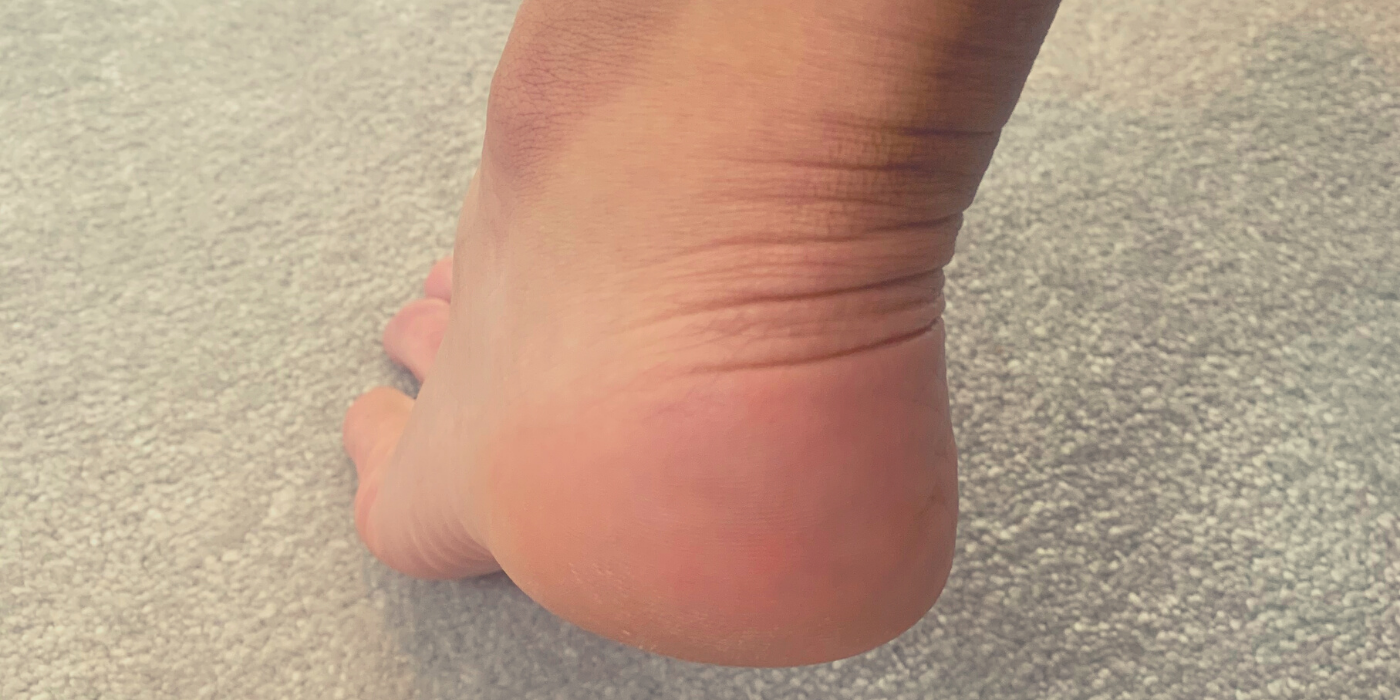Achilles Tendinitis
What is Achilles tendinitis?
The Achilles tendon is at the bottom of the calf muscle, connecting it to the heel. It is the thickest tendon in the entire body and is easily identifiable as the thick rope-like structure behind the heel. In fact the structure of the tendon is quite like that of a rope, with lots of thin fibres bunching together to form the solid tendon structure. Achilles tendinitis (sometimes called tendinopathy) happens if a number of these thin fibres becomes damaged, creating degenerative changes in the tendon structure - like a fraying rope - which eventually leads to chronic tendon inflammation. This is normally felt as heel pain and stiffness in the tendon itself, and it is often at its worst when standing up after rest e.g. when first getting out of bed in the morning.
What Causes Achilles Tendinitis?
At The Physiotherapy Place we generally Achilles tendon pain is people that walk or run a lot. There are many ways that the tendon can be overloaded and damaged:
a sudden change in activity level
a change in the type of activity you are doing
using footwear that doesn’t provide adequate support
faulty foot biomechanics such as flat feet
tight or weak leg muscles
Determining the specific cause, and then correcting it, is essential in managing tendinopathy.
What is the best treatment for Achilles tendinopathy?
Once the causative factors have been identified, they need to be corrected to prevent further tendon injury and then the process of healing and strengthening can begin. Some useful techniques used to promote healing are:
deep transverse friction massage, which involves rubbing across the tendon fibres to reduce the pain and stimulate tendon repair
a specific strengthening program that involves eccentric strengthening (the tendon working whilst it is lengthening) has been shown to aid tendon repair so this should be commenced as soon as possible
ice in the initial stages to reduce inflammation
ultrasound to stimulate healing within the tendon
acupuncture can help to reduce the pain
Gunn IMS is great to release excessive muscles tension in the leg
How Long Does The Achilles Tendon Take To Heal?
This depends on how chronic the problem is and the degree of damage. A fully blown Achilles tendinitis can take 6-9 months to fully repair once the correct treatment has commenced.
What Happens If Achilles Tendinitis Goes Untreated?
If left untreated, the problem will often linger on and even get worse if it is still being irritated. If the tendon damage progresses and more and more fibres become disrupted then the end result could be a full tendon rupture. In this scenario it may or may not need surgery but it will certainly require some immobilisation.
What Exercise Can I Do For Achilles Tendinopathy?
A good place to start is by stretching the calf muscles as this will take some pressure of the Achilles tendon. You can do this by standing facing a wall with one foot forward and the affected foot stepped back as far as you can, keeping the foot pointing forward and the heel on the ground. You should feel the stretch in the back of the leg. Low-impact exercise such as cycling and swimming is usually okay to do as long as it doesn’t cause pain. Once the tendon is ready, specific eccentric strengthening exercises can commence - you should be guided by a physio with this.
What Will A Physio Do?
A physiotherapist will diagnose the problem and what factors are contributing to it occurring. This will form the basis of the treatment program which will begin immediately. As the symptoms settle and the tendon heals the exercises can progress and you can start to ramp up your activity levels again. The key with Achilles tendon rehab is to strike the right balance between doing enough to strengthen the tendon without doing too much to cause a set back. A physio will be able to guide you through this in the best way.

